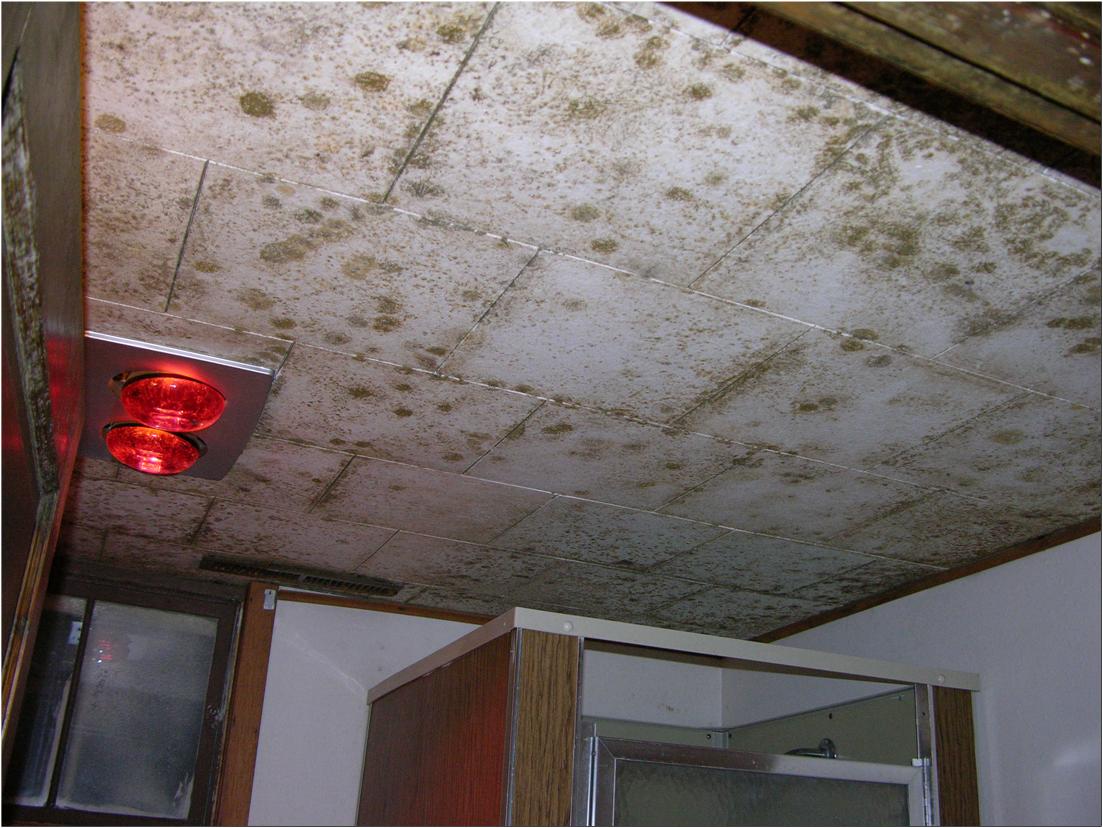Understanding Mold Exposure: Health Risks And Prevention
Mold is a ubiquitous presence, found both in the air and on various surfaces, thriving in moist environments. With its history spanning millions of years on Earth, understanding the impact of mold on health and how to mitigate its risks is essential for maintaining a safe and healthy living space.

Have you ever spotted a patch of mold lurking in the corners of your bathroom or basement and thought nothing of it? Think again. Mold is more than just an unsightly nuisance.
Many of us live with mold without realizing its potential to harm. When mold finds a damp corner to thrive, it releases spores into the air—spores that we breathe in. For some, this might cause nothing more than a slight discomfort, but for others, the effects can be far-reaching and severe.
But here's the good news: understanding the risks associated with mold exposure and knowing how to prevent and manage its growth can empower you to protect your health and ensure your living environment remains safe.
What Is Mold?
Molds are fungi that can be found almost everywhere, both indoors and outdoors. They play a crucial role in nature by breaking down dead organic matter. However, mold growth becomes a concern when it occurs indoors, as it requires moisture to thrive and can lead to health issues in sensitive individuals.
Health Impacts of Mold Exposure
The effects of mold exposure can vary significantly from one person to another. While some people may experience no adverse effects, others, especially those sensitive to molds, might face a range of symptoms, including:
- Nasal stuffiness
- Throat irritation
- Coughing or wheezing
- Eye irritation
- Skin irritation
High-Risk Groups
Certain individuals are more at risk of severe reactions to mold. This includes:
- People with mold allergies
- Immune-compromised individuals
- Those with chronic lung illnesses like obstructive lung disease
For these groups, exposure to mold can lead to serious lung infections and other health complications. It is advisable for people in these categories to avoid environments where mold is likely to be present, such as compost piles, freshly cut grass, and wooded areas.
Findings from the Institute of Medicine (IOM)
In 2004, the IOM identified a clear link between indoor mold exposure and various respiratory symptoms and conditions. These include:
- Upper respiratory tract symptoms
- Cough and wheeze in otherwise healthy individuals
- Asthma symptoms in people with asthma
- Hypersensitivity pneumonitis in susceptible individuals
Additionally, the IOM found limited evidence suggesting a connection between indoor mold exposure and respiratory illness in otherwise healthy children.
Preventing Mold Growth
Preventing mold growth involves controlling moisture levels in your environment. This can be achieved through:
- Regular cleaning and drying of wet areas
- Using dehumidifiers and air purifiers
- Ensuring proper ventilation in bathrooms, kitchens, and laundry areas
Understanding the risks associated with mold exposure and taking steps to prevent mold growth can significantly reduce the potential for health issues. If you suspect mold growth in your home or have health concerns related to mold exposure, consulting with a professional can provide peace of mind and a safe living environment, please reach out to us.